The cover-diagram shows the tradition of the Buddhist "Dharma Character School" (Chin. Faxiang zong, Jap. Hosso-shu), as seen by the Japanese temple Kofuku-ji in Nara. In this school, studies of logic, especially questions of non-contradiction and valid inference, played an important role. These studies were part of the "Science of Reason" (Skt. hetuvidya, Chin. yinming, Jap. immyo), a Buddhist discipline that originated in India and later spread to Sino-Asia. After his return from India, where he had travelled extensively, the great scholar-monk Xuanzang (600-664) introduced it to China, and Korean and Japanese scholar-monks, who studied with him in Chang’an, then brought it to their own countries. The first four names marked in the diagram refer to the Indian scholars Asaৄga (4th century), Vasubandhu (4th century), Dignaga (c. 480-540) and Sankarasvamin (-500-). Marked further down are the names of the Chinese scholars Xuanzang and Kuiji (632-682), and of the famous Japanese logicians Zenju (723-797) and Gomyo (750-834). All these scholastics, along with other Buddhist logicians who did not belong to the Dharma Character School, are dealt with in this book. Their theories are discussed from meta-logical and trans-cultural points of view; thus the discussions include com- parisons of Buddhist notions of logic put forward in India, Tibet and East Asia with, for example, Greek, medieval European and Islamic notions of logic. Focusing on logic, one of the main aims of this book is to contribute to a more comprehensive and less one-sided picture of Buddhism, which is among the general public in the "West" often reduced to Zen and Tibetan Buddhism. Actually, in Buddhist history several thousands of pages were written on how to avoid logical contradictions and on how to generate logically valid inferences.
The contributors include well known Buddhologists and logicians from Austria, Canada, China, Germany, Japan, Taiwan and the United States.

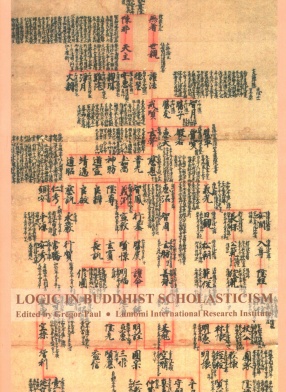
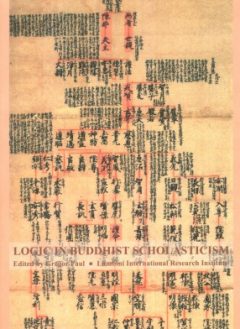

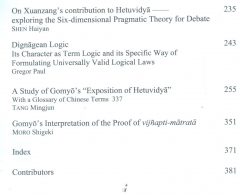
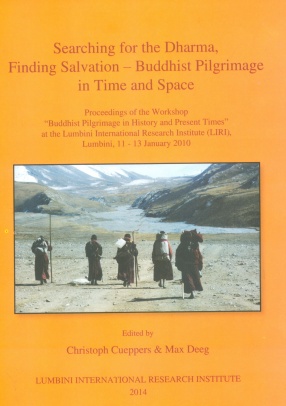
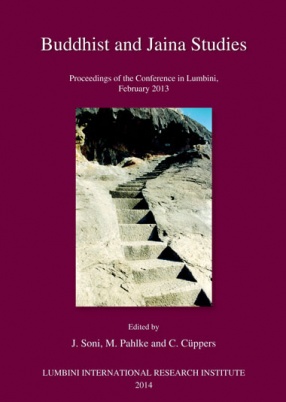

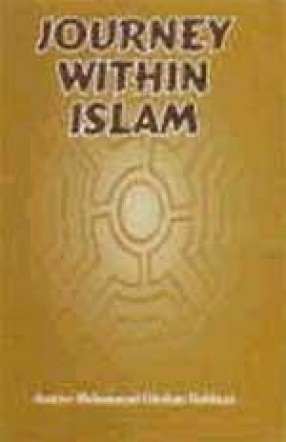

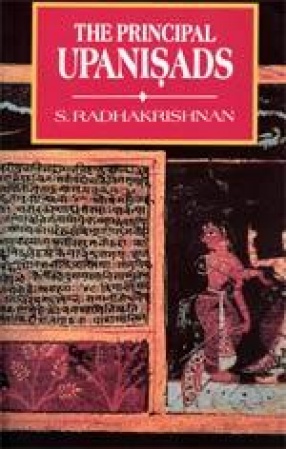
There are no reviews yet.